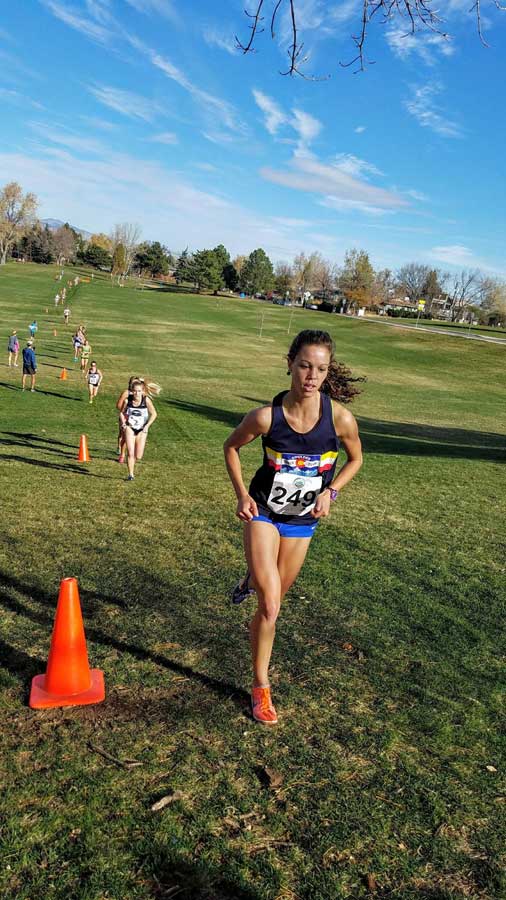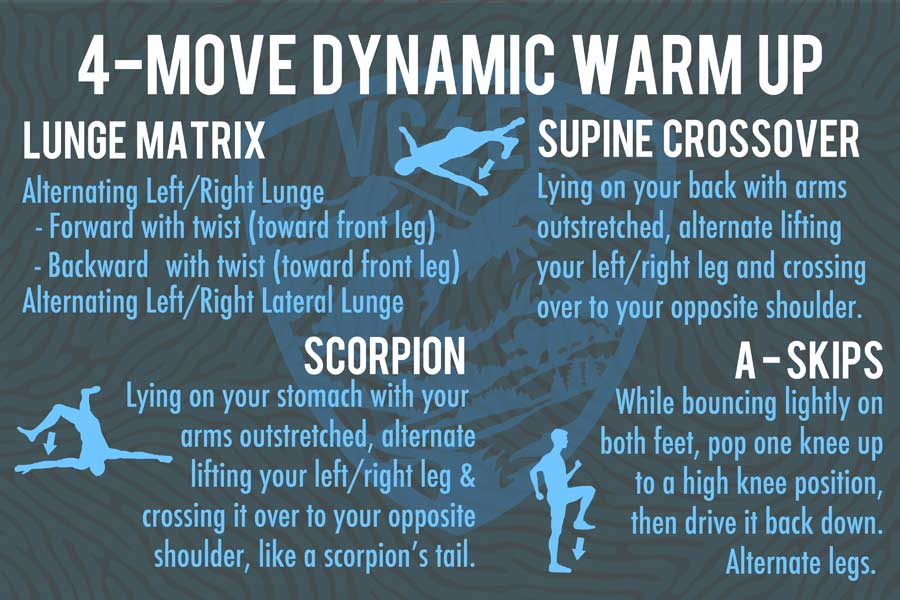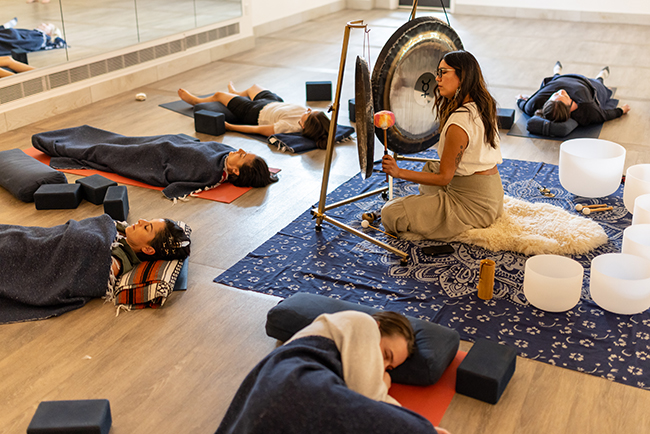The Heart of a Competitor: Self-care tips for on and off the racecourse
27 Nov 2017
A new study says it’s not rare for triathletes to suffer a cardiac arrest during the race.
By Julie Marshall When Simon Butterworth read the latest statistics on endurance athletes who suffer fatal cardiac arrests during competition, he went straight to the cardiologist. “It scared me to death,” says the 70-year-old triathlete from Lafayette. “I went in for the full battery of tests to make sure my heart was functioning in a healthy way.” Not only were his test results good, but Butterworth’s heart was healthy enough to win him first place in the 2017 Ironman World Championships at Kailua-Kona, Hawaii, on Oct. 14 in the 70-74 age division, with a final time of 12 hours, 29 minutes and 35 seconds.Endurance athletes have reason to worry about heart health, though. A new study says it’s not rare for triathletes to suffer a cardiac arrest during the race. The Minneapolis Heart Institute Foundation study, published Sept. 19 in the Annals of Internal Medicine, reports that 135 triathletes suffered life-threatening or fatal incidents over the past three decades. Of those, 120 were cardiac-related, resulting in 107 sudden deaths and 13 resuscitated survivors. The large majority were men, average age 47, who suffered a cardiac event during their swim. The take-home message, cardiologists say, is for athletes over 40 to take seriously signs of heart distress, such as chest pain, shortness of breath or changes in endurance level. Experts in exercise physiology add that one way to support heart health is to warm up the body before vigorous exercise. And athletes say it’s vital to find ways to relax and recover, on and off the racecourse. “You put your heart through a lot of stress during a race, but if you do it right, you can have a healthy heart and be a triathlete for a long time,” Butterworth says.Heart-related Incidents at Colorado Endurance Races
Boulder Peak Triathlon: 2005 – Howard Garcia, 76, of Boulder, dies in Boulder Reservoir during the swim. Boulder Spring Half Marathon: 2014 – Jessica Dillon, 20, of Castle Rock, dies after collapsing near the finish line. An autopsy revealed a heart condition. Bolder Boulder: 2007 – Ross “Jack” J. Lowe, 65, of Littleton, dies of a heart attack during the race. 2010 – Brian Yoon, 13, of Denver, collapses from an undiagnosed congenital heart condition and is revived. 2013 – Robert Fowler, 65, of La Junta, collapses from a massive heart attack 1 km from the finish line and is resuscitated. He goes on to run in the 2015 Bolder Boulder. Leadville 100-mile mountain bike race 2015 – Scott Ellis, 55, of Fort Collins dies after collapsing during the race, after telling another competitor he felt terrible and his chest felt tight. —J.M.
The Heart of the Matter
Nearly half a million triathletes compete in thousands of races worldwide. This new study puts middle-aged male triathletes at a higher risk than previously thought, and the risk grows with each decade of age. The study’s authors aren’t certain why this is happening, but point to 61 autopsies showing that 44 percent of those had cardiac abnormalities, including cardiovascular disease and cardiomyopathy, meaning something was irregular with the heart muscle. Autopsy findings are significant, says University of Colorado School of Medicine cardiologist Peter Buttrick, M.D. “It’s even possible that the researchers missed some abnormalities that may not have shown up on the autopsies.” Overall, the risk seems low if you consider that the Minneapolis study looked at 9 million triathletes, but it’s enough for doctors to warn athletes. “It’s not a bad idea to get screened before you launch into a competition,” Buttrick says—even if you were screened a year ago, because “changes can happen relatively quickly.”A ‘Dynamic’ Stretch to Start


Coach Melissa Mazzo recommends the four-move dynamic warm-up shown at left to athletes who are looking for a super time-efficient routine. She has many other favorite exercises or moves athletes can mix and match during warm-ups before running or cycling workouts, or for strength training in the weight room. They include:
- Inchworm Drill
- High Knee Carioca (left and right side)
- Spiderman Drill
- Forward & Sideways Leg Swings
- Slow Mountain Climbers
- Standing Knee-to-Opposite-Elbow Crunch
- Single-Leg, Alternating High Knee/
- Butt Kick Drill
A Dog for De-stressing
Having competed in 13 Ironman triathlons, Butterworth agrees that the swim leg can be highly stressful, especially if you have trained very little in the water and in a climate-controlled pool. “I’ve seen people swimming poorly and in distress at the Ironman. It’s clear they are just trying to muddle their way through to get onto their bike,” he says. This year, one person got seasick from the ocean waves and had to quit the race. Inexperience may play a role, athletes say, and according to the Minneapolis study, 40 of the victims were attempting their first triathlon. Even if you are well-prepared and have crossed the finish line before, there’s nothing more vital than de-stressing your life off the racecourse, Butterworth says. Unlike professionals, recreational athletes race year after year, all while pursuing another career to pay the bills, and often raising a family. Butterworth de-stresses with good sleep, and daily walks with Rita, his black Lab mix. “I plan to keep going as long as I can,” he says. “Obviously, it’s a huge physical challenge, and my knees and joints are not in great shape. But if I’m motivated I’ll keep racing, and so far, so good.”Julie Marshall, an author, freelance writer and former competitive athlete, lives in Lafayette. She is the founder of Brainsong, a nonprofit that connects professional performing artists with families living with different abilities.












